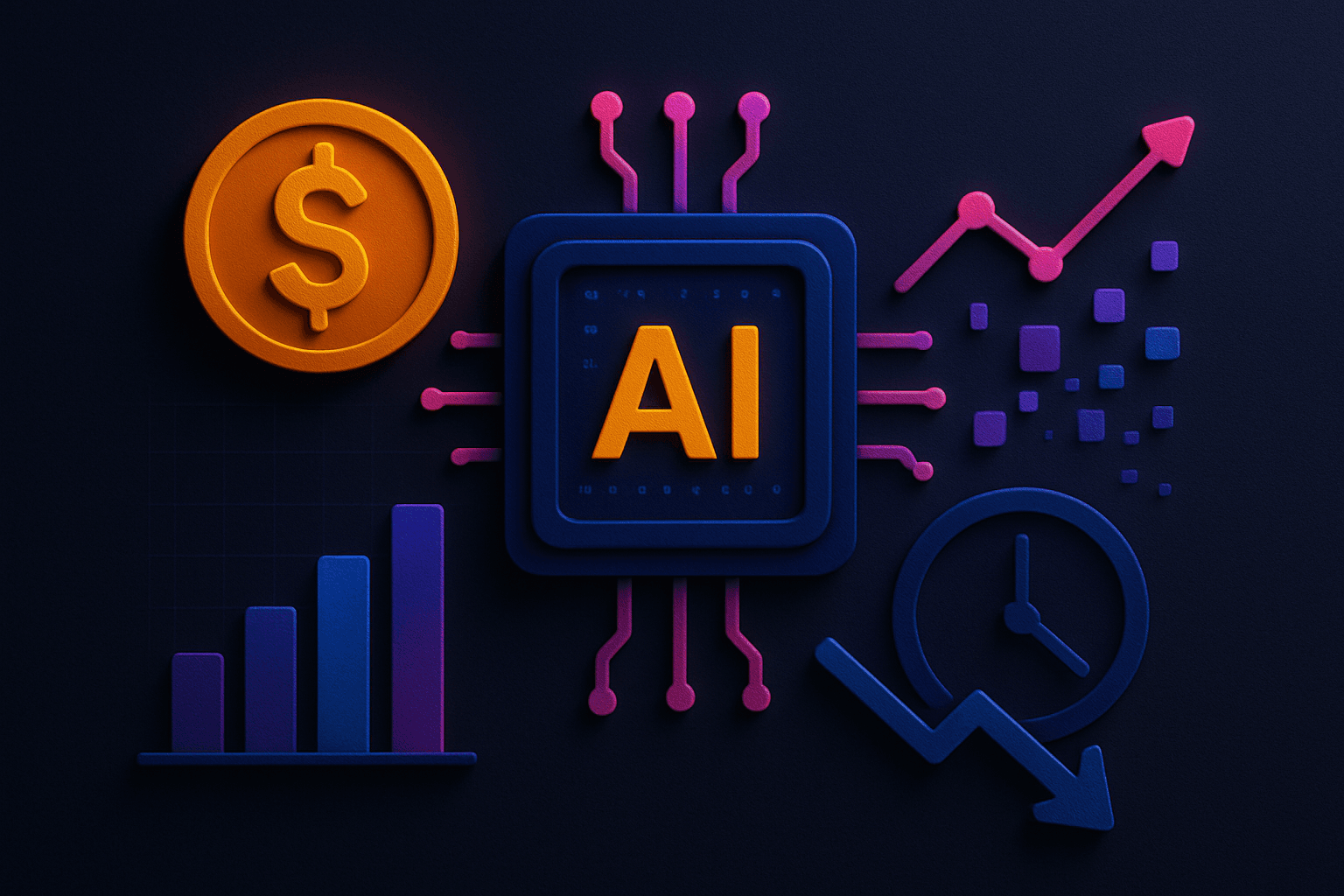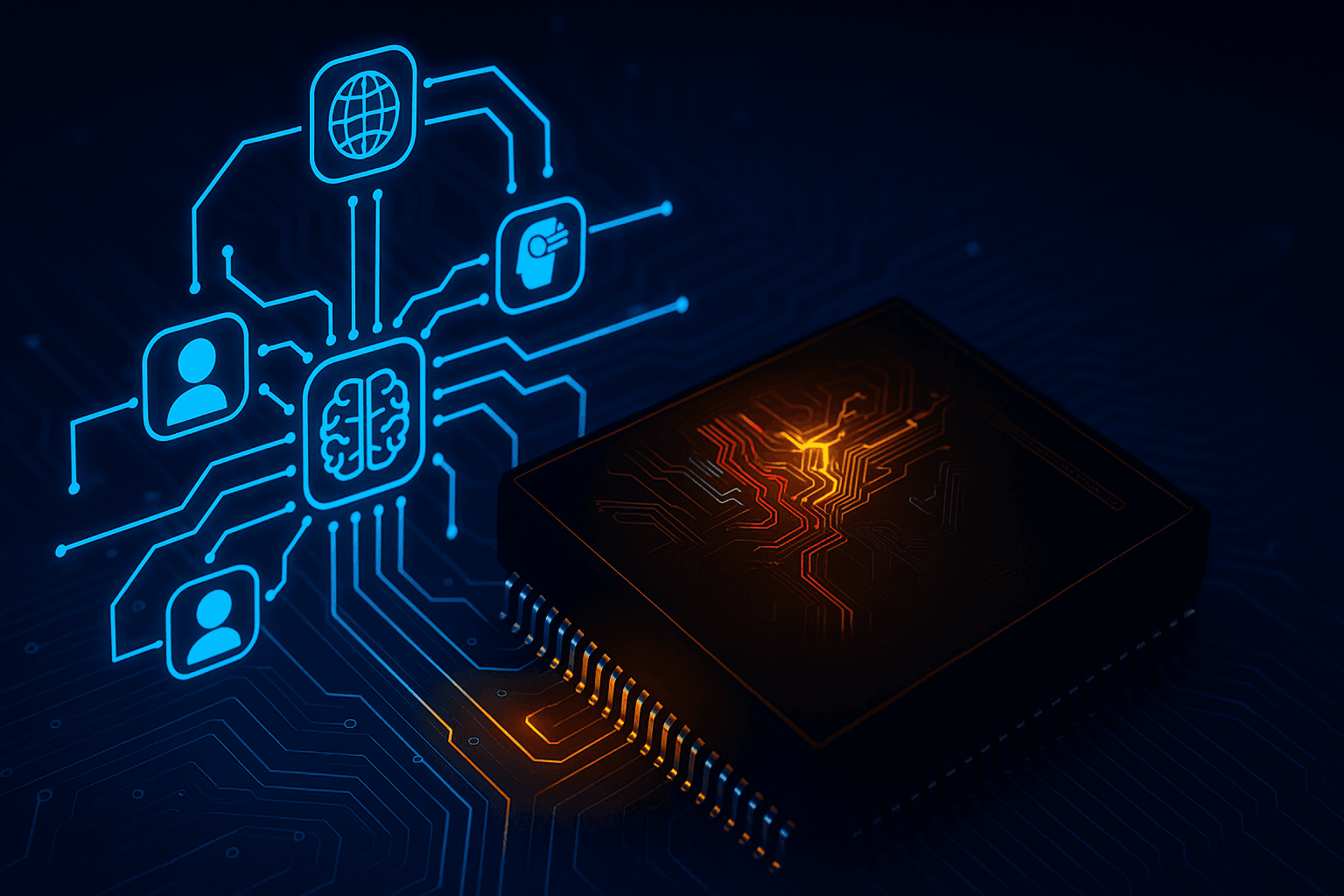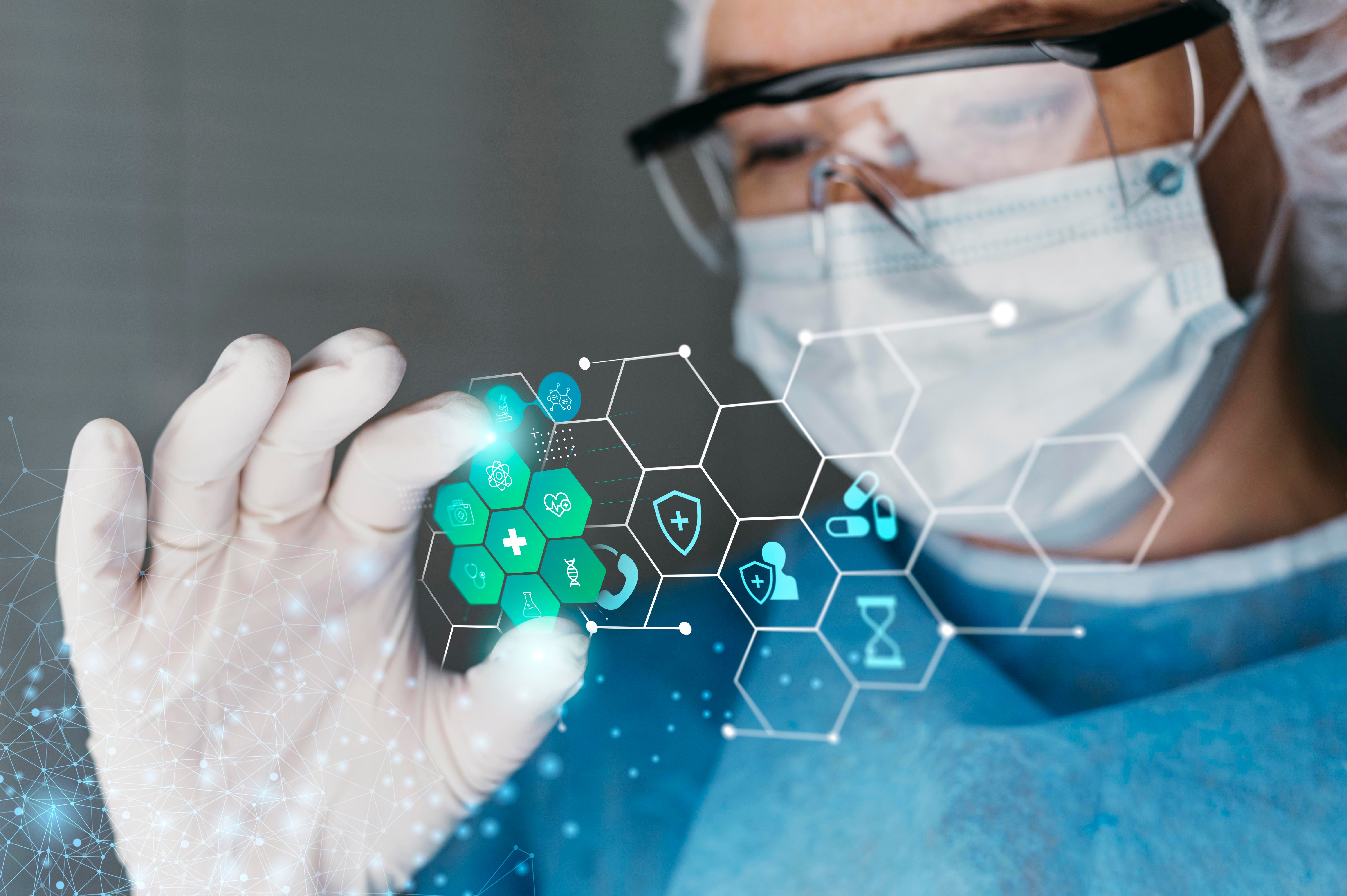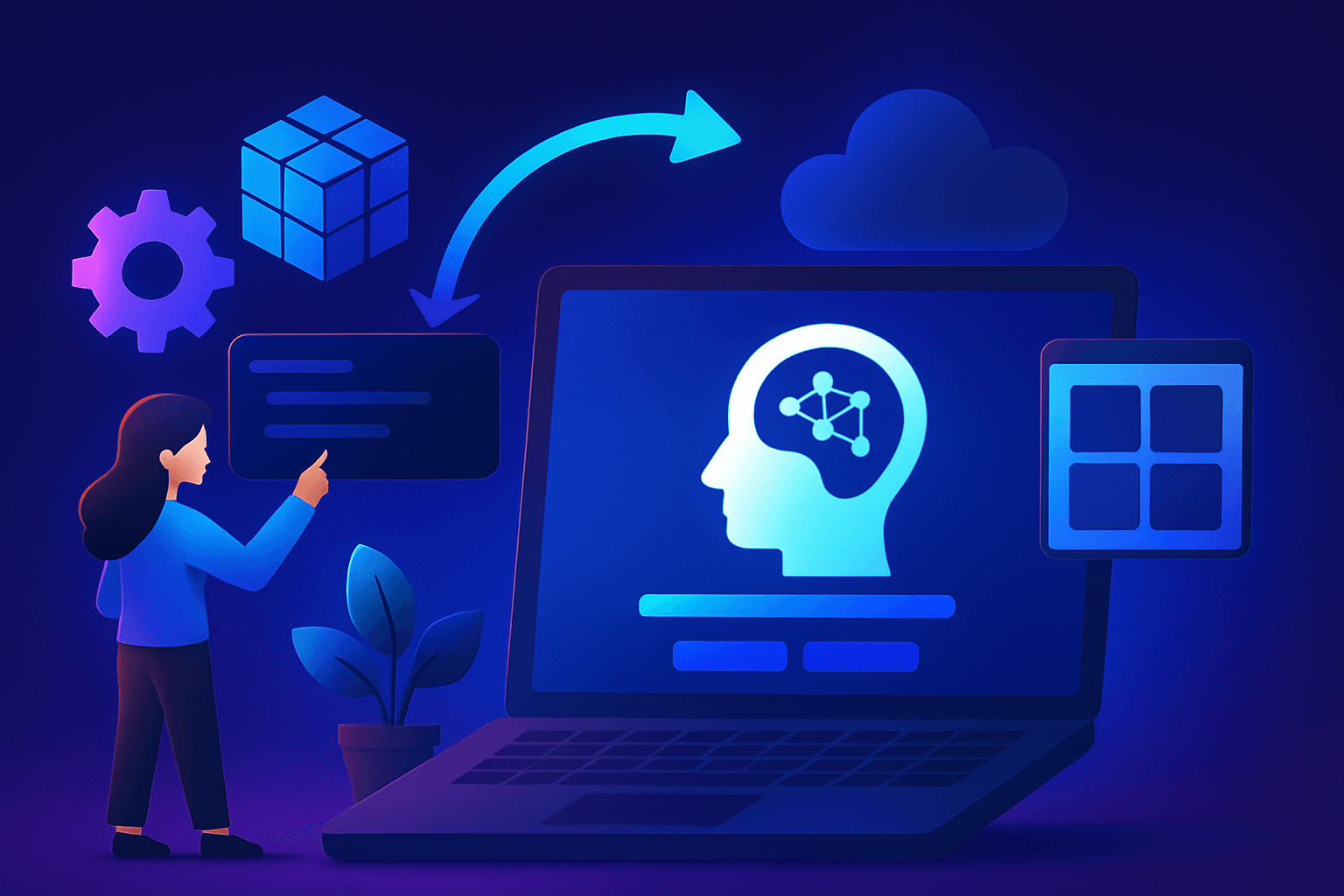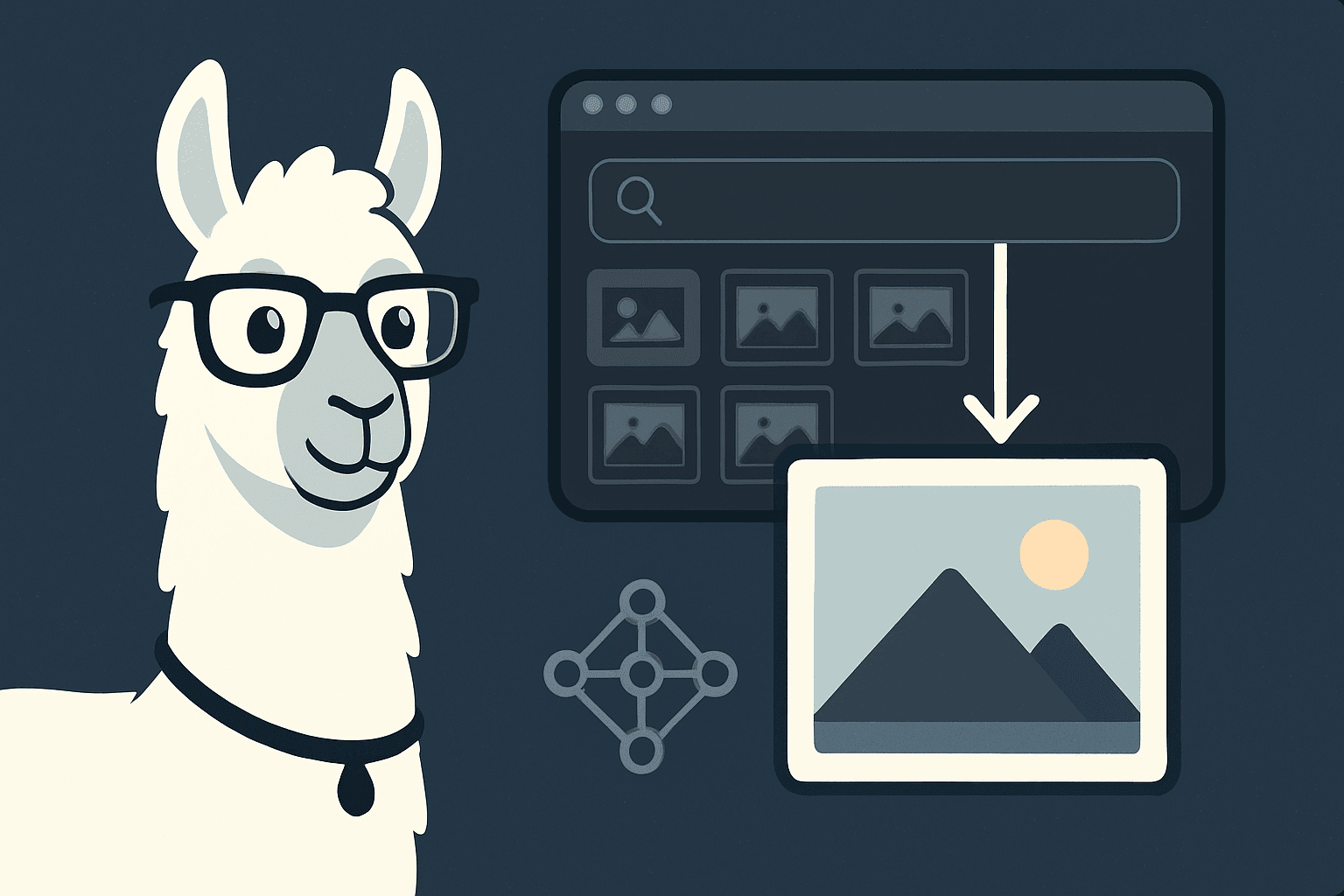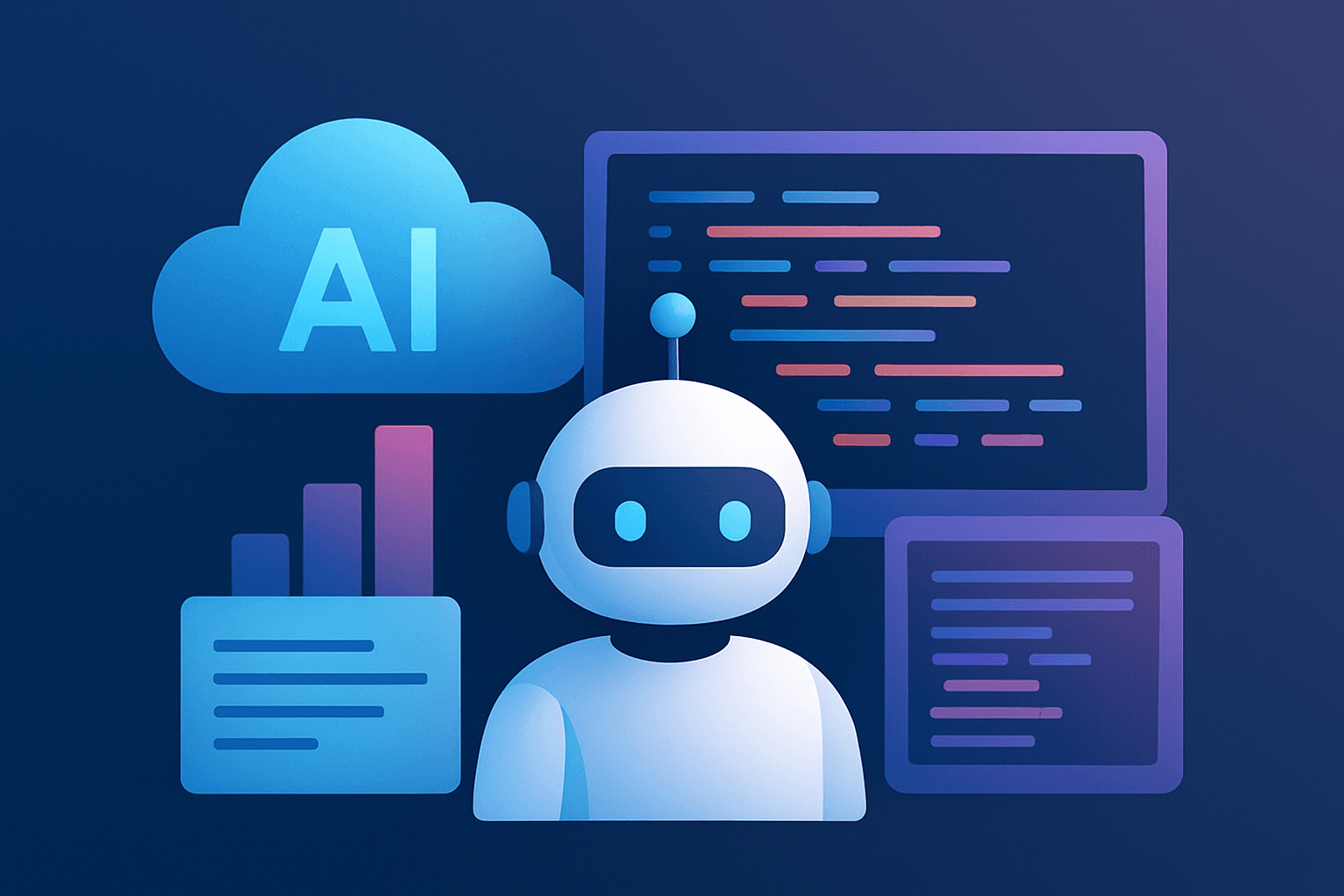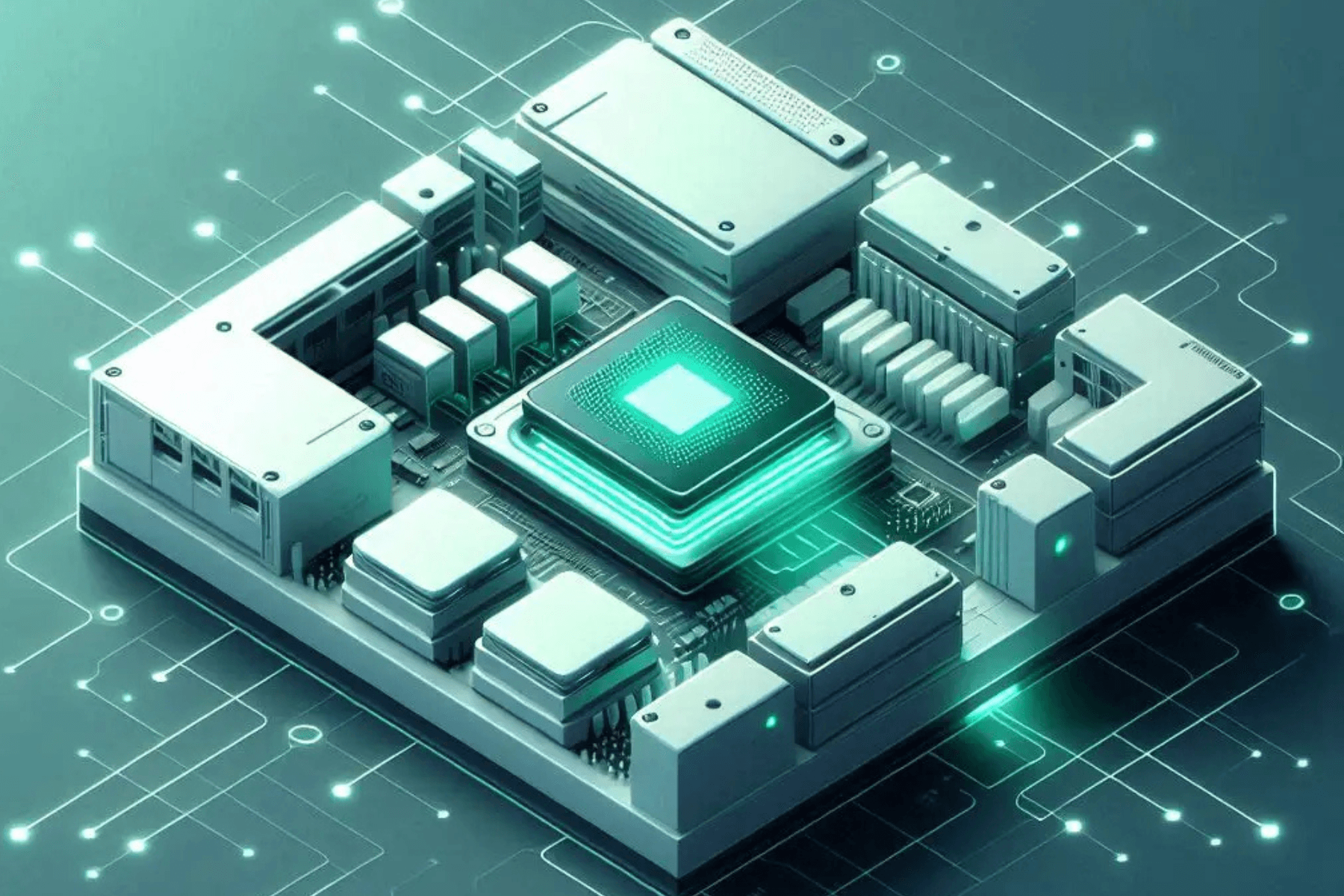The current era will always be remembered as the era of technology. At present, technology is everywhere, and humans are reaching greater heights due to these innovations. Further, these tech gadgets are maximizing profit, boosting efficiency and productivity, and integrating into multiple professions like engineering, medical, space science, education, and a lot more.
Likewise, the role of technology in the medical sector is also booming. With technology, things are becoming easier for medical professionals as the accuracy and understanding of the human body has improved drastically. Genetic engineering, biotech, and many other tech advancements have increased human life expectancy. The newest cloud technology in healthcare is the use of cloud servers to make things easy and simple. This guide will explain the different roles and benefits of cloud servers in the healthcare industry.
What are Cloud Servers?
Cloud servers, or virtual servers, are remote servers (other servers are physical servers that require space.) operated by cloud operating companies to provide services to different users. This virtual computer is accessible to you at your home and can be accessed by you anywhere and at any time.
Different industries, like the healthcare industry, use cloud servers for different roles. In the next segment, you will know about the role of virtual/cloud servers in the healthcare industry.
Role of Cloud Servers in the Healthcare Industry
Using cloud servers in the healthcare industry is making things extremely simple for healthcare professionals. With cloud servers, they work efficiently, reduce extra cost, maximize workflow, and provide an amazing atmosphere for work. Here’s how cloud servers function in the healthcare industry:
- Saves tons of time
- Saves extra expenses on infrastructure management
- Makes daily operations easier and faster
- Provides better facilities
- Acts as a great storage facility for different database
- Provides better and advanced medical facilities
- Improves patient management and indexing
- Maintains various security aspects of a healthcare providing organization
- Improves rapid data retention
- Indexes and manages different medicines
- Offers improved analytics and charts for a better understanding of different things
- Reduces system downtimes
Benefits of Using Cloud Servers in the Healthcare Industry
As established earlier, cloud servers are beneficial to different sectors in multiple ways. Let us understand its different benefits in the healthcare industry in a more detailed manner: -
Used as Software as a Service (Saas)
Cloud servers can provide services like business management, customer relationship management (CRM), and on-demand hosted online service by acting as an efficient Software as a Service (SaaS) tool. These servers can also perform many other different tasks with the help of specially curated software. These software systems are designed especially for medical fields and provide different services to its users. In the future, the healthcare sector is going to witness revolutionary changes as cloud computing becomes more common, and with the advent of software for all simple needs in a hospital.
Storage of Medical Database
Hospitals or other medical/healthcare institutions have a lot of sensitive and confidential data that they need to keep safe. In fact, medical institutions also need to abide by different laws to keep the patient data and other medical records safe with them for many years. Crucial data like diagnosis, medicines are given, tests were taken, symptoms and the patient records must be kept safe within the hospital's record.
Cloud servers make this humongous and necessary task of archiving patient data easy, simple, and efficient. These days, many large institutions and medical organizations have stopped keeping records in papers and large journals, as they have a higher risk of getting damaged and torn with time. Now, they are shifting to cloud server computing for the task of keeping all the data safe and secure.
Online Medical Facilities
Many patients can't come to the hospital for health services like elderly people, small children, physically disabled persons, and others suffering from some medical problems. Another serious problem like pandemics, like the present, going COVID-19, forces humans to remain in their homes. In these situations, getting medical facilities by reaching hospitals becomes very difficult. So, online medical facilities through video calls and other network services are the only solutions and the way forward.
Cloud servers make it possible for large hospitals with several doctors to shift all their services online, enabling them to cater to the patients in tough times. Online medical service is going to be the next big thing as cloud servers are very important for all those medical institutions who are shifting towards this change.
Higher Patient Safety
Cloud computing can provide better diagnosis, quick results, and better management, which leads to increased health safety for patients. Seriously ill patients can get a quick diagnosis and test reports making it easier for doctors to treat time as early as possible in the right manner to increase the chance of recovery. Cloud servers also maintain patients' safety by keeping all databases of their medicines and other records safely for a longer time, making it easier for different persons to get their specific medical history reports for any future treatment.
Security Management
Patient security and safety are very necessary at sensitive places like hospitals. No loopholes can be entertained in this field. Security cameras, sensitive door sensors, and other technologies are very important for providing a safe and secure environment.
Cloud servers are the best options for managing all these sensitive things. Many cloud servers with highly advanced software systems can easily manage all the CCTV cameras, video record, controlling and managing of sensors, handling all the electronic devices, and controlling and managing various alarms for different danger alerts. The cloud server is the best option for any healthcare institution that wants to increase their safety standards to the next level.
Reduces Cost
A medical institution spends a lot on different things. From providing different facilities to paying the doctors, the per annum expenses are always sky high. Apart from these expenses, other costs like management of all the medical database, storage of all database and records, security operations, ensuring patient safety, and others add up to a lot. To manage these tasks, computers and human resources are required. As a result, hiring human resources and buying computers for all the work will require a sizeable amount.
Getting a cloud server for all these operations requires a lot of expenditure by reducing human resources to a bare minimum and providing a single remote computing solution for different functions. Many big healthcare industries at present use cloud computing solutions to reduce their big chunks of cost and to increase the profits earned.
A Boon for Future Learners
Medical students and researchers need a lot of data on different medical situations. Similarly, researchers require access to a lot of information regarding multiple ways in which doctors and surgeons treat patients. Cloud computing makes it easier for all the scholars to receive the information in just a few clicks. Since different hospitals using cloud computing services store their data related to patients and treatment on cloud servers, it will also be very easy for research students to retrieve that particular data for their learning.
Cloud computing is going to change the future of learning in the medical sphere. It is the demand of the present and will be the necessity of the future. It will act as a boon for learning and practising for the upcoming future doctors and researchers.
Conclusion
There’s stiff competition in all fields, and to be at the top, you need to be different and better than the rest. The health sector is booming and will reach greater heights in the future as everyone needs medical services. Most people select the best healthcare service they can afford as they’re unwilling to compromise on their health (and rightly so!).
Cloud computing provides different facilities and safety standards to all the medical institutes that are uncompromisable. Many institutions are shifting towards cloud computing as they understand the demand of the present. The most prominent advantages of cloud computing involve saving a lot of money and providing amazing facilities to improve medical institutions’ working.
Cloud computing is the need of the hour for all big corporate houses and companies and specialists in the medical sector. As a leader in the medical sector, it’s your responsibility to provide the best of medical facilities and adhere to the safety standards in your medical institution. Always remember health is the real wealth. So, get cloud computing today for your medical institution today!
Signup here for a free trial: https://bit.ly/3mFerJn
